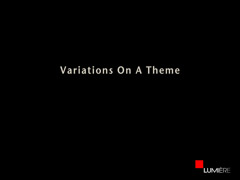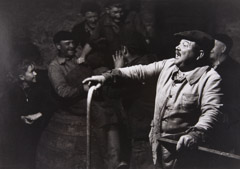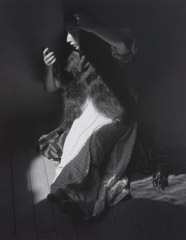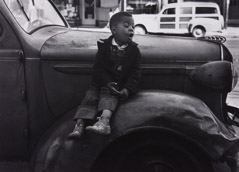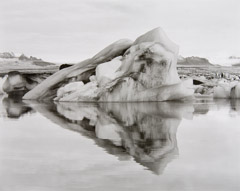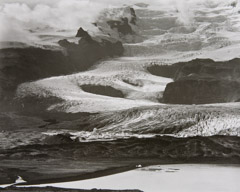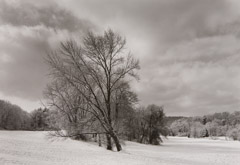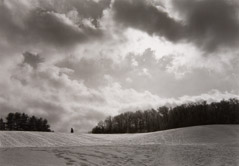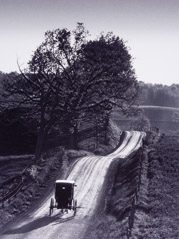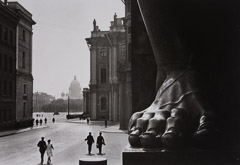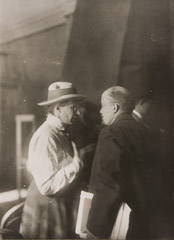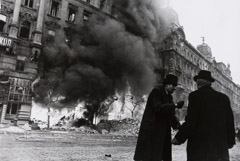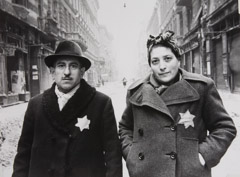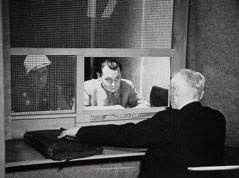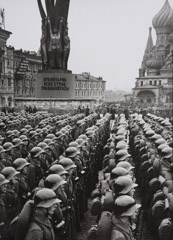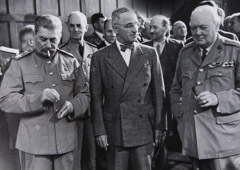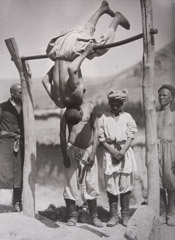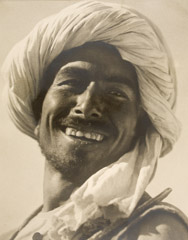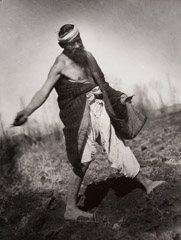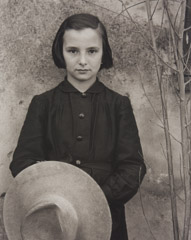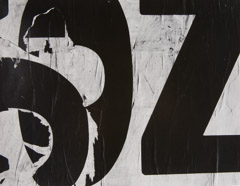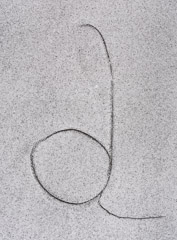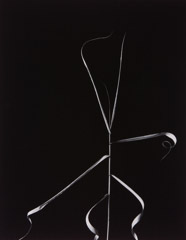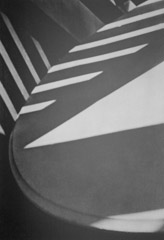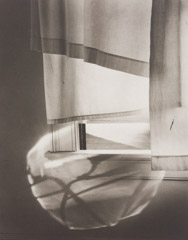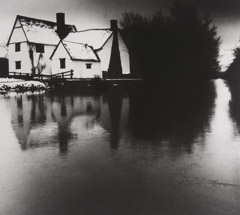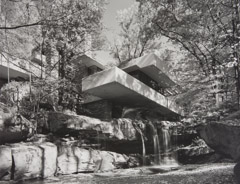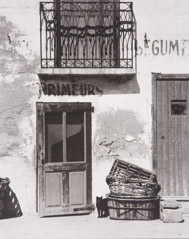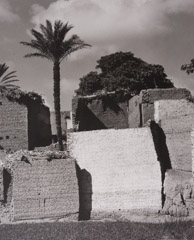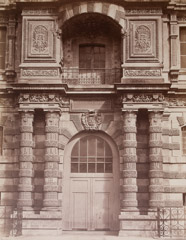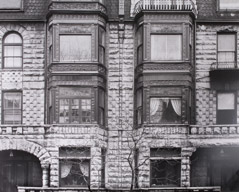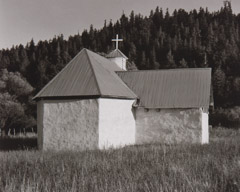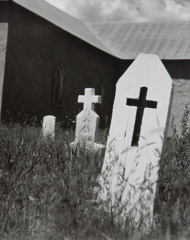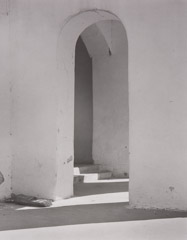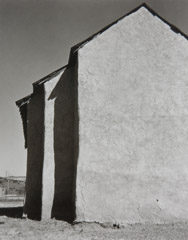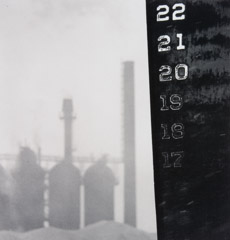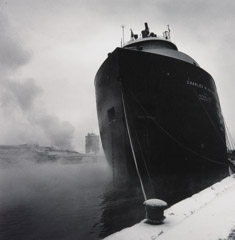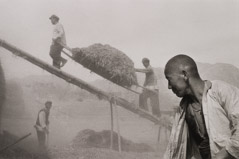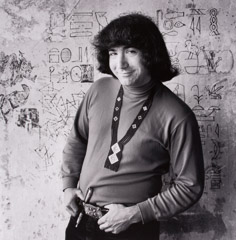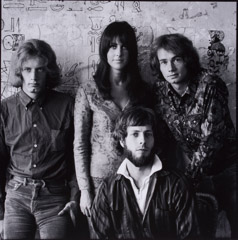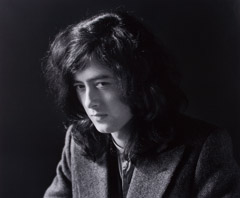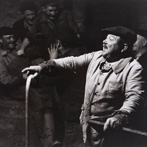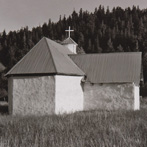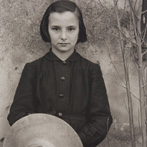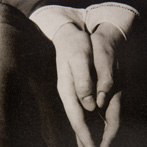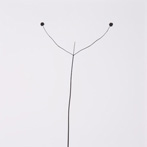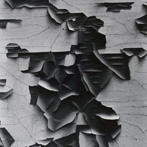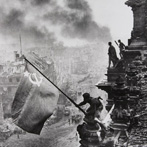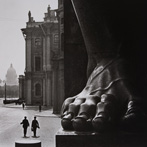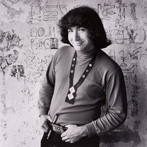Variations On A Theme
Photographs from the Lumière Collection
The exhibition represents the work of more than 50 photographers over a 125 year period.

VARIATIONS ON A THEME…
This exhibition reflects two dimensions on the notion of “theme”. It illustrates the options available to a collector… either to work with a diverse range of images and artists — or to develop a specific area of interest. It also demonstrates the collaborative relationship between various art forms such as photography and sculpture. Art and furnishings from the 19th to the 21st century co-exist in a compatible manner as well.
This program begins with several iconic images. It moves on to illustrate greater depth of theme in the various niches and sub galleries. In this case—landscapes, historically important messages, portraiture, contemporary celebrities, abstractions and architecture.
In the case of history, it evolves from the depression driven rise of Hitler… to the destruction from armed conflict in the World War… to the signs of retribution at the Reichstag and Nuremberg Trials… to the victory fireworks over Red Square. This is followed in gallery with the abstractions and architectural imagery. The large photograph between the two styles serves as a transition element-reinforcing the similar themes of design and tonal quality.
There is also a blend of the old and the new-from Baldus’ 19th century façade at the Louvre and Bonheur’s Jockey and Horse to the contemporary sculpture of Hayes and abstract, painterly like Weingarten color photograph. It combines Steiglitz’ century old image of immigrants to America with Wheeler’s bronze of the American icon, Will Rogers, on his horse, “Soapsuds”. The works shown typify the gallery’s broad collection.
Featured in this exhibition is the work of more than 50 photographers.
Select the image below to view the complete artist page for these photographers.
Below is an excerpt of a review from the Atlanta Journal and Constitution.
To read the entire review please access the AJC web site.
DATE: August 12, 2007
PUBLICATION: Atlanta Journal-Constitution
BYLINE: CATHERINE FOX
TITLE: Soviet Viewfinder
EXHIBITION: Variations on a Theme
On May 2, 1945, Yevgeny Khaldei, a war photographer for the news agency TASS, captured the Soviet triumph over the Nazis in a photo of a soldier unfurling the Soviet flag on the roof of the Reichstag.
Though already a celebrated photojournalist at home when he shot this iconic image of victory, Khaldei and his peers would remain largely unknown in the West until the Iron Curtain parted in the late 1980s, and they still don’t get the attention they deserve.
The opportunity to see this and other images collected by Lumiere gallery owner Bob Yellowlees — both on the walls and in the drawers — is an unusual opportunity. “Bob’s collection is unique in the Southeast in scope and breadth,” says Howard Schickler, the Florida dealer largely responsible for bringing this material to the U.S. market. “There aren’t that many collections that can put on a museum-quality exhibition.”
Yellowlees, who opened his Buckhead gallery in May, was already a serious collector in the late 1990s when he became interested in Soviet photojournalism. The 175 photos he has acquired, most vintage prints, constitute a quarter of his holdings, which encompass a broad swath of American and European photography.
Yellowlees is using his collection as inventory and a source for many of the exhibits at the gallery, but not because he wants to sell it all off. He is still collecting. In an unusual business model, he sees his organization as a hybrid commercial gallery/museum. Thus, patrons who have an interest beyond what is on display can request to see other images stored away.
“Sure, I’d like to earn enough to pay the utilities, but at the end of the day, I’m doing it to help advance photography in Atlanta,” he says.
This cache of Soviet photos, on exhibit under the title “Variations on a Theme,” represents a merging of his aesthetics, investment instincts — to get in on the ground floor of an emerging field — and interests. “I’m a history buff,” says the retired business executive, 68. “It’s one thing to read about it,” he says. “It’s another to see what life was like then.”
The depiction of Soviet life in these photos, he is quick to note, must be taken with a grain of salt. Pointing to the heroic portraits of workers, he explains that the photos were part of the Soviet propaganda machine intended to promulgate its values and its image as a people’s state.
Yellowlees finds the fluid boundary between photojournalism, propaganda and art — which is not limited to Soviet photography, of course — another source of fascination. Even Khaldei’s seemingly in-the-moment victory picture was calculated. He had the flag in the photo made from a red tablecloth and took it with him to Berlin. He handed it to a soldier, sent him to the rooftop, and snapped the picture. If the diagonal line of the soldiers on the roof and the unfurling flag look familiar, it should. Khaldei had seen the photo of American soldiers planting the flag at Iwo Jima (itself a re-enactment) before he went to Berlin, admired it and intentionally lifted the composition.
Not all the work in the collection was taken on assignment. Boris Ignatovich, Yellowlees surmises, was simply aiming for a striking composition when he shot “By the Entrance to the Hermitage” in 1930. He achieved it by distorting the perspective so that the bare foot of a seemingly mile-high statue dwarfs the people strolling by.
Like most of his Russian photographer peers, Ignatovich shared his country’s revolutionary ideals, so it is likely he intended no subversive commentary. But art works in weird ways. Looking at the picture today, it’s hard not to see it as a symbol of the ultimate perversion of those ideals. That foot in the foreground just might have belonged to Big Brother.

